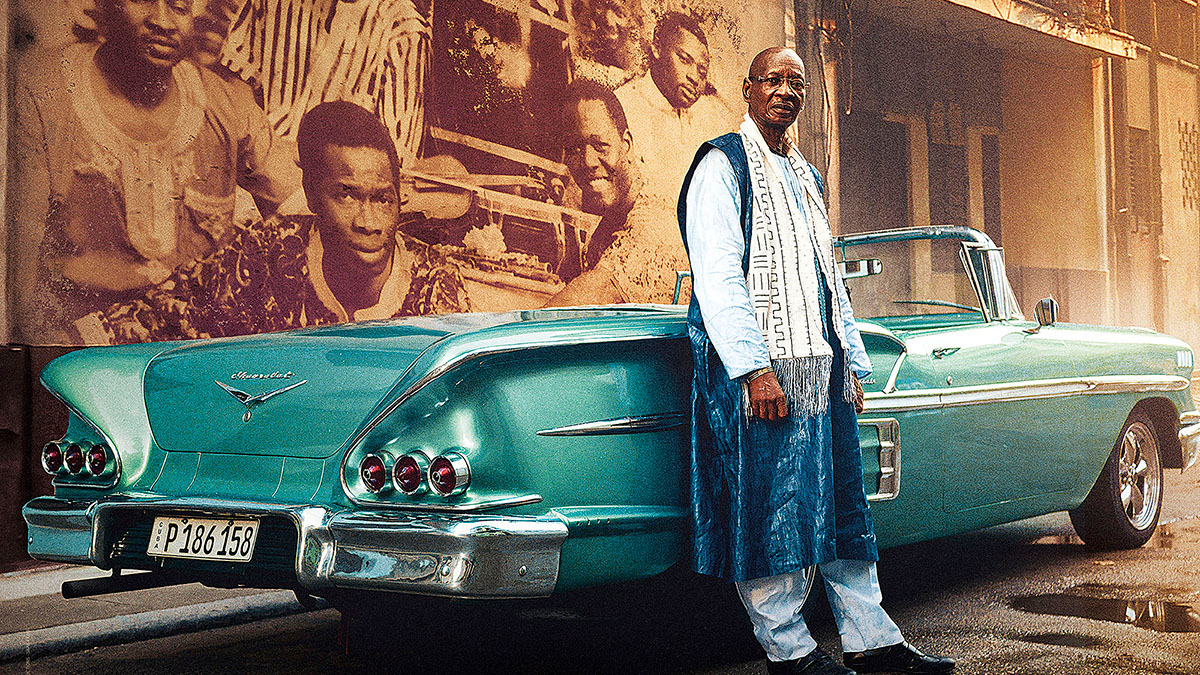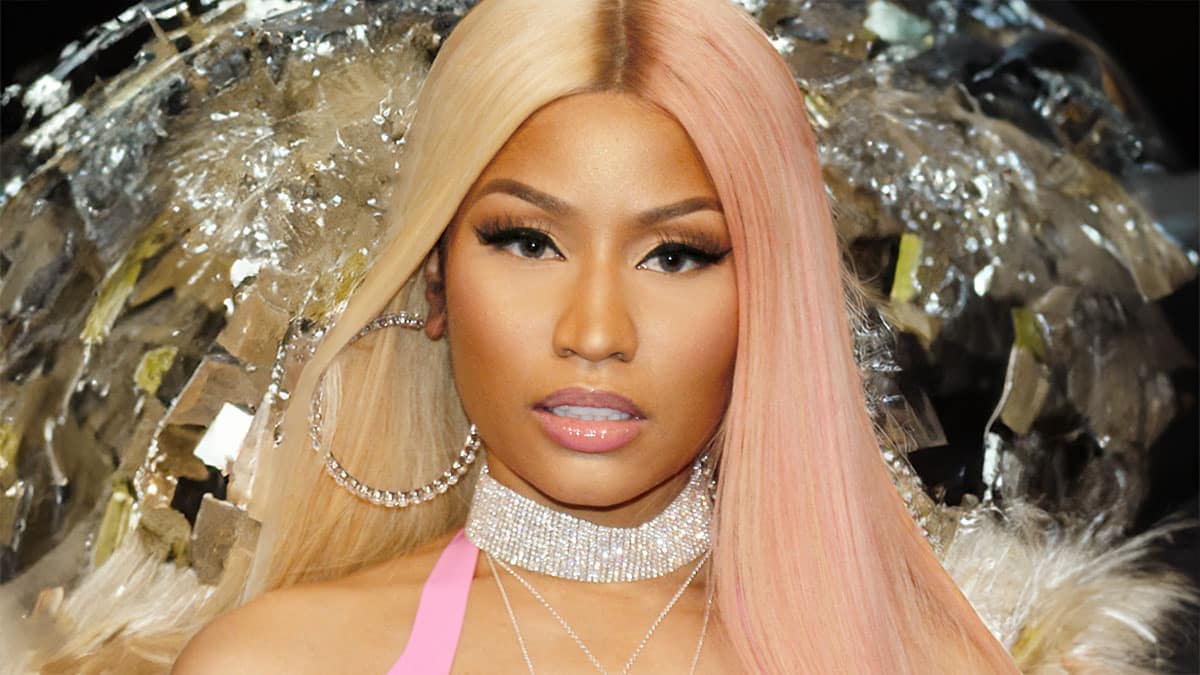African American culture in New York City is everywhere in rhythm and blues, gospel, jazz, folk and country, swing, rock, disco, funk, hip hop, house, trap, and now Afro-everything.
Yale historian Robert Farris Thompson called New York “The Secret African City.” He was right. There is a parallel universe of African Diaspora culture in plain sight, if you know how to read it.
Our biggest lesson in over a decade of this project is how African we are. Most Latin culture and most American culture originates in the African Diaspora ~ even country music. Go Cowboy Carter!
In fact, most of the culture we cover throughout New York Latin Culture Magazine, originated in the Diaspora, or is Indigenous. We fought the colonizers together.
Harlem Renaissance:
- Harlem Renaissance 1.0 of the 1920s-30s defined the Jazz Age ~ which still defines American culture.
- Harlem Renaissance 2.0 was the Black Arts Movement of the 1960s-70s.
- Harlem Renaissance 3.0 is now.
Thank you for sponsoring African American culture:
African American Culture
African Diaspora International Film Festival 2024 Caribbean Film Series Screens at Teachers College, Columbia University
TEACHERS COLLEGE, COLUMBIA UNIVERSITY, Morningside Heights, Manhattan 🇧🇸 🇧🇧 🇨🇺 🇩🇴 🇭🇹 🇯🇲 🇲🇶 🇵🇷 🇸🇷 🇹🇹
Anthony Blackwell Casa de Tango Explores the African Origins of Argentine Tango at the New Bronx Music Hall
BRONX MUSIC HALL ~ Tango’s African and Spanish Flamenco connections 🇺🇸 🇦🇷 🇪🇸
BALANCE ARTS CENTER, Chelsea, Manhattan, Tuesdays and 4th Saturdays
CENTRAL PARK, Manhattan ~ Casa de Tango, June-September Thursdays
Black Comic Book Festival Brings Creatives and Blerds Together with a Fun Cosplay Showcase
SCHOMBURG CENTER FOR RESEARCH IN BLACK CULTURE, Harlem, Manhattan 🇺🇸
nora chipaumire “ShebeenDUB” World Premiere Tryptich Radio Opera, Dance Performance, and DUB Dance Party at Harlem Stage
HARLEM STAGE, Manhattanville, West Harlem, Manhattan 🇿🇼 🇺🇸
New York City Ballet Celebrates 75 Years By Dancing into the Future at Lincoln Center
DAVID H. KOCH THEATER, Lincoln Center 🇺🇸 🇧🇷 🇵🇷 🇪🇸
Summer for the City 2024 Invites the Whole World to Lincoln Center
LINCOLN CENTER, Upper West Side, Manhattan 🇺🇸 🇦🇷 🇦🇺 🇧🇷 🇰🇾 🇨🇱 🇨🇴 🇩🇴 🇪🇨 🇫🇷 🇭🇹 🇮🇶 🇮🇹 🇨🇮 🇯🇲 🇯🇴 🇲🇱 🇲🇽 🇳🇬 🇵🇸 🇵🇪 🇵🇭 🇵🇷 🇿🇦 🇸🇩 🇹🇹 🇻🇪 🇿🇼
Continue Reading Summer for the City 2024 Invites the Whole World to Lincoln Center
Nicki Minaj Raps Prudential Center, Madison Square Garden, and Barclays Center Twice
PRUDENTIAL CENTER, Newark, New Jersey 🇹🇹 🗽
MADISON SQUARE GARDEN, Chelsea, Manhattan 🇹🇹 🗽
BARCLAYS CENTER, Prospect Heights, Brooklyn 🇹🇹 🗽
African American News
African American New York City

New York’s traditional African American neighborhoods are Harlem, Manhattan; and Bedford-Stuyvesant and Crown Heights, Brooklyn. Today, Eastchester and HighBridge, The Bronx have large African American communities.
New York’s key African American cultural organizations include:
- Alvin Ailey American Dance Theater 🇺🇸
- Apollo Theater 🇺🇸
- Brooklyn Academy of Music (BAM)
- Brooklyn Museum
- Caribbean Cultural Center African Diaspora Institute (CCCADI) 🇵🇷
- Dance Theatre of Harlem 🇺🇸
- Harlem Stage
- Jazz at Lincoln Center
- Schomburg Center for Research in Black Culture 🇵🇷
African American Art
- Studio Museum in Harlem exhibits Black artists. studiomuseum.org
African American Books
- Schomburg Center for Research in Black Culture in Harlem, is part of the New York Public Library. Mr. Schomburg was a Puerto Rican Black Arts collector during the Harlem Renaissance.
African American Cultural Centers
- Caribbean Cultural Center African Diaspora Institute (CCCADI) preserves and teaches Black Culture.
- Weeksville Heritage Center preserves the history of one of Brooklyn’s original Black neighborhoods. weeksvillesociety.org
African American Dance
- Alvin Ailey American Dance Theater, in Hells Kitchen, is the African American dance company that popularized modern dance around the world.
- DanceAfrica at the Brooklyn Academy of Music (BAM) in Fort Greene, Brooklyn; is America’s largest festival of African and African Diaspora dance.
- Dance Theatre of Harlem celebrates 55 years of Black ballet.
African American Film
- African Diaspora International Film Festival brings the many faces of Mother Afrika to New York City.
- Film Africa is at the Brooklyn Academy of Music (BAM).
- Harlem International Film Festival screens Black voices in Harlem.
- Maysles Documentary Center in Harlem screens lots of Black film.
- New York African Film Festival at Film at Lincoln Center screens films from Mother Afrika.
African American Food
- Black Restaurant Week New York is a great time to try African American restaurants.
- Creole Food Festival cooks up delicacy’s of the African Diaspora.
African American Music
- Dizzy’s Club at Jazz at Lincoln Center swings nightly.
- Harlem Stage celebrates 40 years of visionary artists of color.
- Jazz at Lincoln Center is the world’s leading African American jazz organization.
African American Theatre
- National Black Theatre is growing. nationalblacktheatre.org
- Public Theater; in NoHo, Manhattan; is producing artists of color.
African American Culture is American Culture
African American culture defines New York City and the United States. We built Wall Street. It’s complicated, but we’ve been Americans of the Americas since 1492, North Americans since 1513, Americans of what became the U.S. since 1619, and New Yorkers since 1626.
American history is African history, and a lot of both Latin culture and American culture is African Diaspora culture.
Yale historian Robert Farris Thompson called “New York The Secret African City.”
Eddie Palmieri said, “In the States, they took away the drum and we got the blues.” The blues is the root of most American popular music and dance including: gospel, jazz, folk, country, R&B, swing, rock, disco, funk, hip-hop, house, trap, and now Afro-everything.
The Jazz Age of the 1920s defined American popular culture. Jazz became R&B, rock, and house. Reggae became hip-hop, which became reggaeton and Afro. Together we rule world youth culture.
Latin and African American culture keep mixing back and forth across the border. The blues has Cuban rumba in it. Now we’re mixing back and forth with Mother Afrika across the Kalûnga (the Atlantic) in afrobeat: R&B and soul that went back to Mother Afrika, and returned to the Americas first as Colombian champeta and now Afro-everything. In our house, we groove to amapiano, South African house music, mostly sung in Zulu.
Bebop (modern jazz) and cubop (latin jazz) were both created at the same time by these same artists, in 1940s New York City.
Fifth Avenue, Manhattan’s spinal chord, is the border of jazz and Latin jazz, Harlem and “El Barrio” East Harlem. Tito Puente, “The King of Latin Jazz,” used to sneak out of his mom’s house in “El Barrio” to go listen to jazz bands in Harlem. Tito Puente Way (110th St where he grew up) starts at Duke Ellington Circle on Fifth Avenue.
Caribbean Hero Twins for sure.
Congo Square (Place Congo)
Congo Square was a Sunday African Diaspora gathering on Bayou St John, which was then outside of town.
From around 1740 into the early 1800s, this gathering featured drumming, singing, dancing, selling, loving; all the things we still do in Cuban rumba, Haitian vodou, Puerto Rican bomba, Colombian cumbia, Venezuelan tambor, Peruvian festejo, and so on. Nowadays we go to the theater or a night club, but it’s really the same thing.
We are all mixed everywhere, but the centers of African Diaspora culture in the Americas are Haiti/New Orleans, Cuba, and Brazil.
The three African Diaspora cultures that rooted in Latin America are Dahomey (meríngue, merengue, and jazz), Yoruba (rumba, Latin jazz, and salsa), and Kongo (samba, bossa nova and Latin jazz).
Kongo musicians were singing “La Bamba,” the iconic Mexican wedding song in Vera Cruz Mexico in the 1600s. In Cuba, traditions mixed together into what we now call Yoruba.
Congo Square, New Orleans is where jazz is from, and is one of the taproots of African American and therefore American culture. 🇺🇸
Dizzy Gillespie Put the Latin Back in Jazz

Dizzy Gillespie, one of the founders of bebop modern jazz, is a pivotal figure in both African American and Latin culture. Jazz is from New Orleans, but before that, it’s from the Caribbean. Jazz and Latin are the Caribbean Hero Twins, separated at birth.
Dizzy brought the Latin back into jazz when he asked Mario Bauzá (Machito & His Afro-Cubans music director) for a conga player and got Chano Pozo (“Manteca,” “Tin Tin Deo”). Now nobody thinks twice about Latin percussion in a jazz band, but Dizzy did it.
Harlem Renaissance 3.0
We call the current renaissance in the Black Arts , the Harlem Renaissance 3.0.
- Harlem Renaissance 1.0 defined American culture in the 1920s.
- Harlem Renaissance 2.0 (Black Arts Movement) defined the 1960s-70s.
- Harlem Renaissance 3.0 is in New York now.









